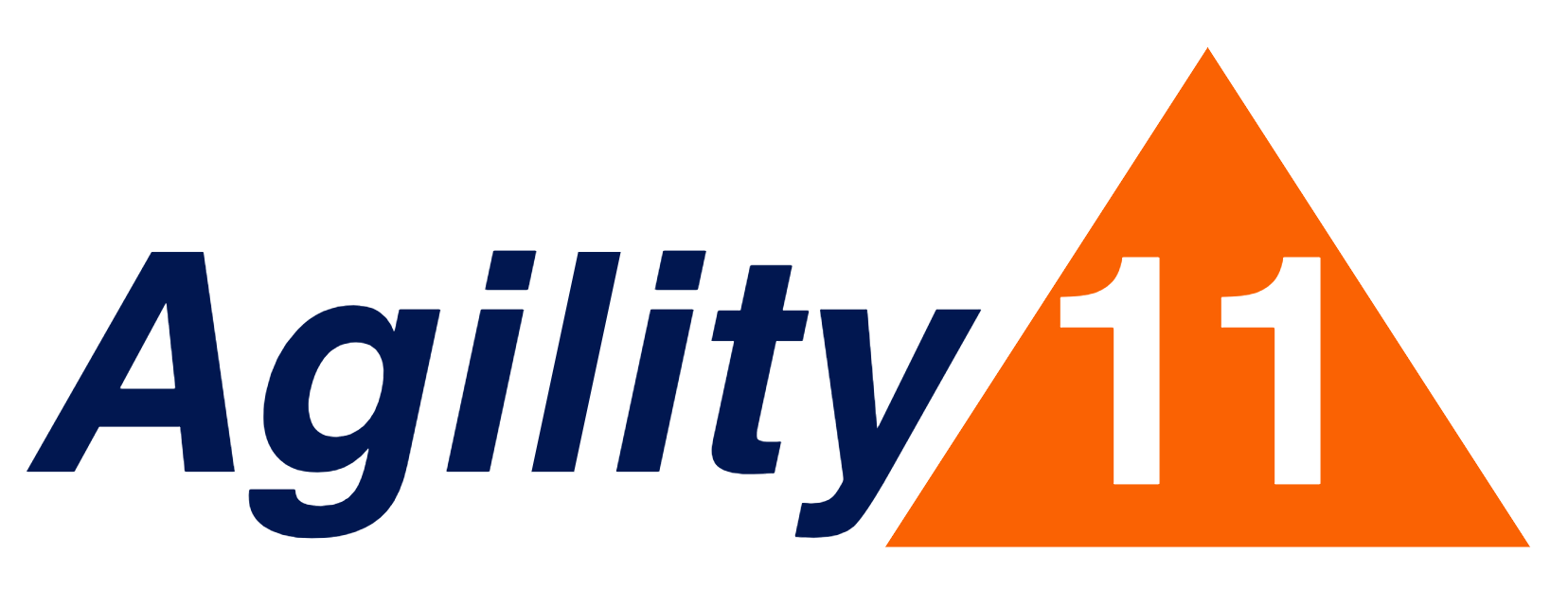Product Manager versus Product Owner: Myths vs Facts
People often ask what is the difference between a Product Manager and Product Owner. This is understandable since so many organizations split those roles. What is the difference?
TL;DR - Product Owner and Product Manager should be considered as two different names for the same set of responsibilities.
That statement may be controversial, given that many organizations ascribe the strategic/customer-facing responsibilities to a ‘Product Manager’ and the tactical/team-facing responsibilities (e.g., backlog management) to a so-called ‘Product Owner’. (The use of ‘quotes’ here is deliberate!)
Let’s examine the Product Owner role as defined in the official Scrum Guide, which states that the Product Owner is accountable for:
maximizing the value of the product
explicitly communicating the Product Goal
ordering backlog items
creating and clearly communicating Product Backlog items
ensuring that the Product Backlog is transparent, visible and understood.
Maximizing value, and communicating the product goal (Items 1 and 2) are strategic and require customer engagement. Setting product priorities — aka ordering backlog items (Item 3) — requires both customer engagement and team communication. Items 4 and 5 in the list are more tactical & team-facing.
This makes it clear that the Product Owner role, as defined in Scrum, covers the spectrum from strategic & customer-facing responsibility to tactical & team-facing work.
What about large scale situations requiring multiple teams? Some scaling frameworks prescribe a separation between a product/program-level ‘Product Manager‘ and a separate ‘Product Owner’ (essentially a backlog administrator) for each team. This does disservice to the title ‘Product Owner’ as envisioned in Scrum. The Large Scale Scrum (LeSS) framework, however, prescribes a single Product Owner for the entire product — up to eight teams. This is possible in LeSS because empowered team members collaborate closely with stakeholders and take on some of the tactical, day-to-day work of managing the backlog items, which allows one Product Owner to focus on the big picture.
It might be true that you need two people to handle both the strategic and tactical aspects of Product Ownership/Management. If you find this to be true, just avoid misusing title Product OWNER in that situation.
World- Class Product Owner Training
Boost your Product Owner skills Certified Scrum Product Owner® and Advanced CSPO® training!
Join a public course, or let us facilitate a private workshop experience for your team!


